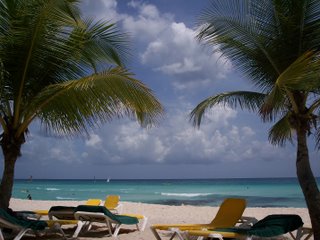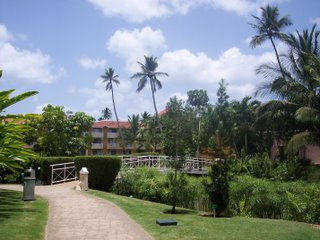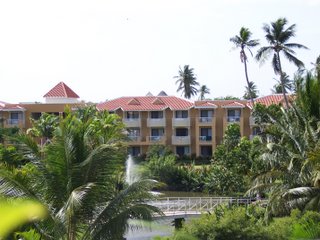Across the country people have been expressing outrage over the rising cost of gas, now averaging near $3 a gallon. So far the result has largely been to focus frustrations on the easy target found in big oil (and their record breaking profits). Accusations of price gouging and artificially inflated prices have been made by politicians, the media, and people across the country. However, by doing so one misses the real issues affecting gas prices.
So how do we explain the current rise in gas prices? It can become complicated to understand considering the many factors at work (let alone explain. Especially true if, like me, you are far from an expert in economics), but essentially it boils down to simple supply and demand.
In terms of supply there are a number of questions regarding the world’s oil reserves. The experts can’t seem to agree so I will not make any claims about whether or not the world is running out of oil, but either way it is a limited resource and as we continue to pump oil the supply continues to shrink. Moreover, as known reserves are used up new, untapped sources of oil become harder, and more expensive, to access for geological, political, and environmental reasons.
Despite this the world’s demand for oil has only continued to grow. In large part this is due to the dramatic rise in demand from the developing (and rapidly growing) economies in India and China. But the biggest factor in all of this continues to be the United States. The US consumes roughly 25 billion barrels of oil a day, 10 times more than all of India and far more than anyone else in the world. This can be explained in part by a lack of responsibility and foresight on the part of Americans and the US government. Without a loophole SUVs would be banned and had politicians not given in to carmakers car-emissions standards would have been raised years ago. The demand for oil in Western Europe and Japan has remained flat since the oil crisis of the 1970s, but it has doubled in the United States.
On top of all this there is still a major X factor in the instability of the major oil producing countries. Many experts believe that $10-15 of the current price of oil can be attributed solely to geopolitical concerns. This includes violence and instability in Nigeria and Iraq, but of even greater issue is Iran and conflicts with the West over its nuclear ambitions.
In two other major oil producers, Venezuela and Russia, nationalization has resulted in a decrease in investment and production. In Russia production growth has fallen from 5 to 10% a year in the 1990s to 2 to 3% currently, while in Venezuela production has actually fallen around 50% since 2003 under Chavez.
All of these factors help to explain the dramatic rise of oil prices in the global market (a more significant rise than that of American gas prices in the same time period), which is now around $70 a barrel. Still, as we focus more nationally one sees a number of local factors that have contributed to rising gas prices as well. These include, among others, last years hurricanes, which knocked out 10% of the nation’s refining capacity, and the removal of a chemical called methyl tertiary-butyl ether from gas in a number of states due to health and environmental concerns.
Taking everything into account prices at the pump should be rising. This is to say nothing of the fact that they are already considerably higher in other developed, oil importing nations (near $7 in Britain). I am by no stretch of the imagination a defender of the oil companies, but accusations of price gauging are by and large unfounded. They are not only unfounded but potentially dangerous because they shift the focus away from the real issues that must be dealt with: curbing demand, investing in future supplies, developing alternative fuels, and limiting dependence on unstable nations and regimes to name a few. There are no quick fixes, unfortunately, but better recognizing the situation and issues at hand is at least a start. I would in fact argue that ultimately we would be better off if gas prices were higher, but that is a subject for another post.
I used a number of sources for this post, including the Economist, MSNBC.com, the Wall Street Journal, and Wikipedia. For additional reading I suggest starting with:
Much Ado about pumping
The Real Story of Pricey Oil
Oil Price Increases 2004-2006

 The resort itself was absolutely gorgeous, as you can see from the pictures I’ve included, and right on the beach. That is where we spent most of our day just lounging with drinks from the poolside bar or swimming in the sea. Our room was less stunning perhaps, but very clean and comfortable, (all I was really looking for) and the balcony with a gorgeous view of the resort was a nice bonus. The food, likewise, may have been disappointing if you were looking for 4 stars, but we were more than happy, with the dinners especially at restaurants ranging from Italian to Mexican and a grille.
The resort itself was absolutely gorgeous, as you can see from the pictures I’ve included, and right on the beach. That is where we spent most of our day just lounging with drinks from the poolside bar or swimming in the sea. Our room was less stunning perhaps, but very clean and comfortable, (all I was really looking for) and the balcony with a gorgeous view of the resort was a nice bonus. The food, likewise, may have been disappointing if you were looking for 4 stars, but we were more than happy, with the dinners especially at restaurants ranging from Italian to Mexican and a grille. 


